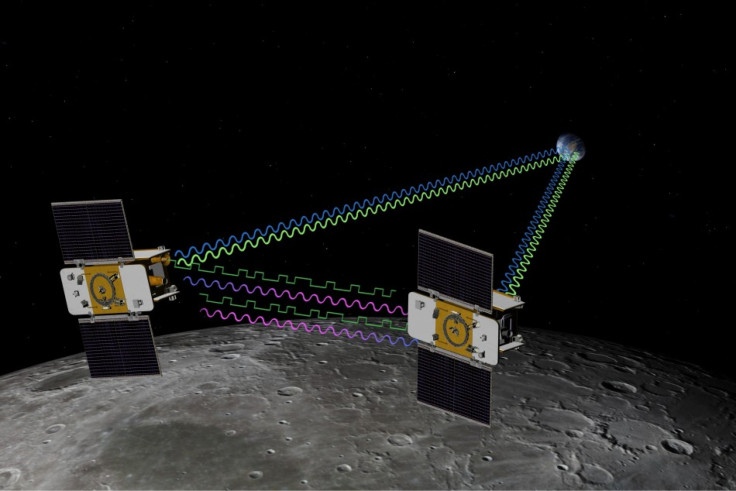NASA On Way Back to the Moon: Arriving New Year's Day (PHOTOS)

NASA is on its way back to the moon, embarking upon a new study that could help launch future manned missions one day. The twin spacecraft will arrive near the moon on New Year's Day.
NASA's Grail mission launched this morning, as the Delta II rocket carrying the Gravity and Recovery and Interior Laboratory lifted off from Cape Canaveral, Fla. Saturday at 6:08 a.m. EDT amid clear skies. It is the 110th mission to the moon in history, with previous missions launched by the United States, Soviet Union, Japan, China and India.
The Soviet Union's Luna probes launched in 1959 was the first, while six NASA Apollo moon landings have put 12 men on the moon's surface in the past four decades.
On Saturday, NASA confirmed that the two mirror-opposite spacecraft used in the unmanned mission to the moon had separated from the rocket and unfurled solar panels successfully. NASA's Grail spacecraft are each the size of a washing machine. They won't land on the moon, but will conduct science survey from lunar orbit.
They are on their way to the moon, NASA said, in a statement.
The space agency launched the set of twin spacecraft after a two-day delay due to high winds in the area. The mission is dedicated to measuring lunar gravity, while determining what's inside the moon down to the planet's core, while also determining specific gravity pulls. The moon's gravity is uneven, and one-sixth of the Earth's pull.
We are on our way, and early indications show everything is looking good, said David Lehman, GRAIL project manager at the Jet Propulsion Laboratory in La Cañada Flintridge.
The crafts are called Grail-A and Grail-B, short for Gravity Recovery and Interior Laboratory. But even though the spacecraft finally launched, they won't reach the moon until year's end. The two spacecraft are set to arrive at the moon on New Year's Eve and New Year's Day, in just less than four months.
Grail, simply put, is a journey to the centre of the moon, Ed Weiler, head of NASA's science mission directorate, told The Associated Press.
The spacecraft will go into orbit around the moon and literally chase each other in circles, NASA says, allowing scientists to monitor the changing distance between the two craft. That study will allow NASA scientists to measure the full gravitational field of the moon.
But unlike NASA missions to the moon years ago, when it took Apollo astronauts just three days to get there 40 years ago, the U.S. space agency chose a small unmanned rocket for Grail to save money. The mission costs $496 million.
Grail-A and Grail-B will spend three months making 12 polar orbits of the moon daily, effectively chasing each other. The process is expected to give scientists a complete map of the moon's gravitational field so they can better determine composition of its crust, mantle and core.
The mission is the first to use precision formation flying, a technology that uses multiple, coordinated spacecraft to study the same point in space in high detail.
The spacecraft are also anchored with four cameras each, that will allow school children a chance to order different size pictures of the moon via an educational effort directed by Sally Ride, America's first spacewoman.
Even though the mission is unmanned, the study which should allow better pin-pointing of the moon's gravity strengths -- which positions are stronger than others -- will allow the U.S. and other countries in future missions to determine which landing locations are best for robots or manned missions.
NASA has no current plans to return astronauts to the moon, located roughly 240,000 miles away. This is the second planetary mission for NASA since the space shuttle program ended in July.
The last moonshot for the U.S. was two years ago, when NASA's Lunar Reconnaissance Orbiter -- a moon-circling probe -- went up. Just this week NASA released photos from the probe.
© Copyright IBTimes 2025. All rights reserved.





















